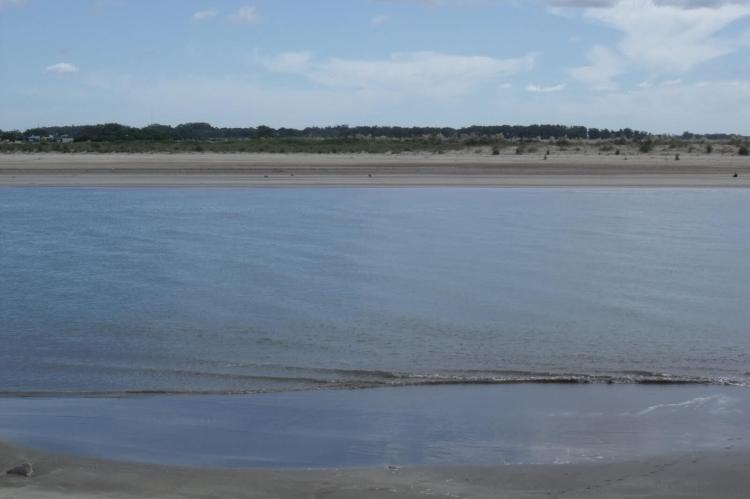Mar Chiquita Biosphere Reserve: Argentina's Coastal Conservation Haven
The Mar Chiquita Biosphere Reserve is a remarkable example of the biodiversity and ecological importance of Argentina's coastal plains. The reserve is home to various habitats, including vast savannas and hyper-saline lakes, offering a haven for a diverse range of flora and fauna.
Mar Chiquita Biosphere Reserve: Argentina's Coastal Conservation Haven
Nestled within the Chaco savanna region just north of Mar de Plata on the Atlantic coast in Buenos Aires Province, Argentina, the Mar Chiquita Biosphere Reserve is a testament to the remarkable biodiversity and ecological significance of Argentina's coastal plains. Comprising the 'Parque Atlántico Mar Chiquita,' this reserve boasts a rich tapestry of habitats, ranging from expansive savannas to hyper-saline lakes, offering sanctuary to a diverse array of flora and fauna.
Diverse Habitats and Landscape
Spanning a total area of 27,675 hectares (68,386 acres), the Mar Chiquita Biosphere Reserve encompasses a mosaic of habitats representative of the Pampas plains. At its heart lies a vast permanent lake, up to 4 meters (13 feet) deep, known for its hyper-salinity, with scattered islands and brackish marshes dotting its surface. The delta marshes of the Segundo River, which feeds into the lake, are particularly extensive, contributing to the dynamic fluctuations in water levels and salinity.
Flora and Fauna
While most of the lake's surface lacks vegetation, pockets of marshes dominated by Typha and Scirpus species thrive along its fringes, alongside riverine thickets of Tamarix gallica. The surrounding savannas offer habitat to various cacti and Cereus species, contributing to the area's unique biodiversity. Notably, the delta marshes serve as vital refuges for numerous waterfowl species, including the majestic Chilean flamingos, brown-headed gulls, and Wilson's phalaropes, with peak counts reaching staggering numbers. The lake's coastal location also attracts migratory species such as the red knot and common tern, adding to the reserve's avian diversity.
Human Interaction and Conservation
Despite its natural splendor, the Mar Chiquita Biosphere Reserve is not devoid of human presence. The small seaside village of Mar Chiquita is home to over 400 residents, predominantly engaged in cattle raising, agriculture, commerce, and tourism. The rationale behind the reserve's establishment lies in preserving its natural allure, ensuring its attractiveness for tourism while fostering economic opportunities through artisanal fishing, organic agriculture, and local craftsmanship. The reserve aims to safeguard its ecological integrity while benefiting local communities by balancing conservation and sustainable development.
Conclusion
The Mar Chiquita Biosphere Reserve is a testament to Argentina's dedication to conserving its natural heritage and fostering sustainable development. Its diverse ecosystems, rich wildlife, and cultural importance highlight nature's profound impact on our lives and livelihoods, inspiring admiration and gratitude for the interconnectedness of all living beings.
